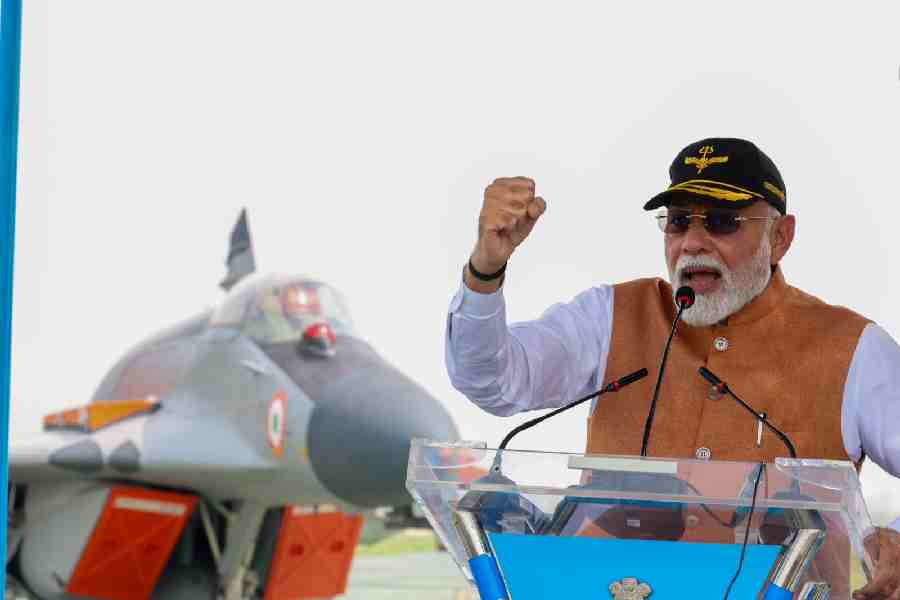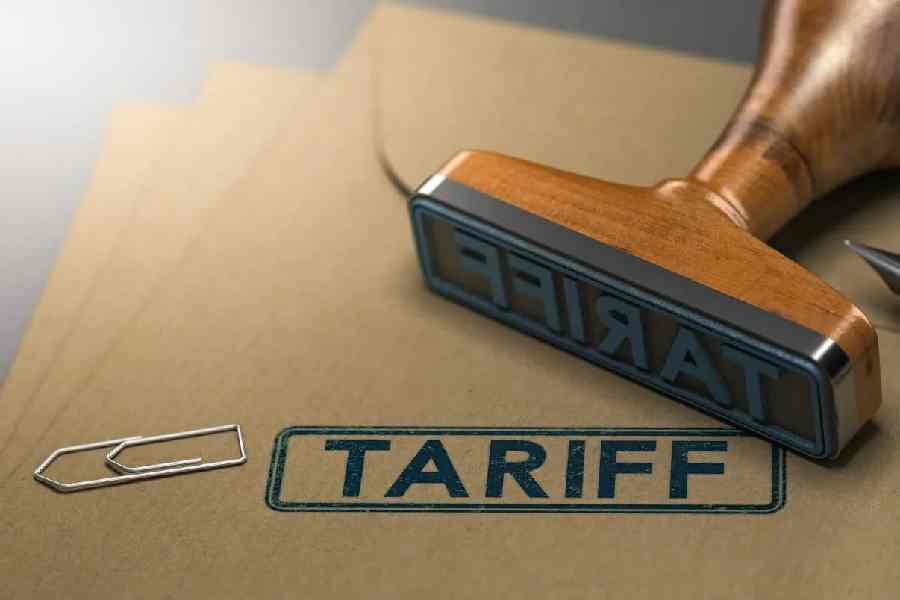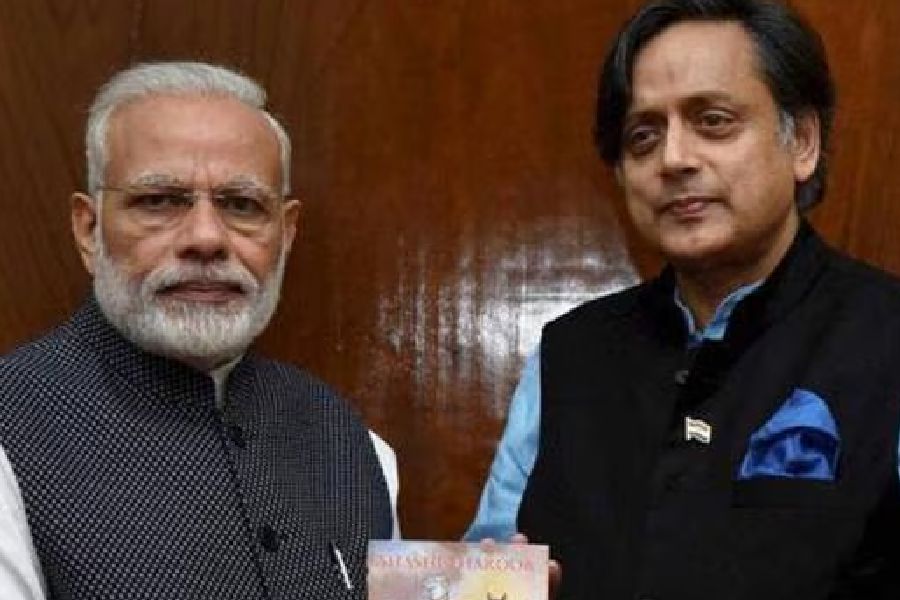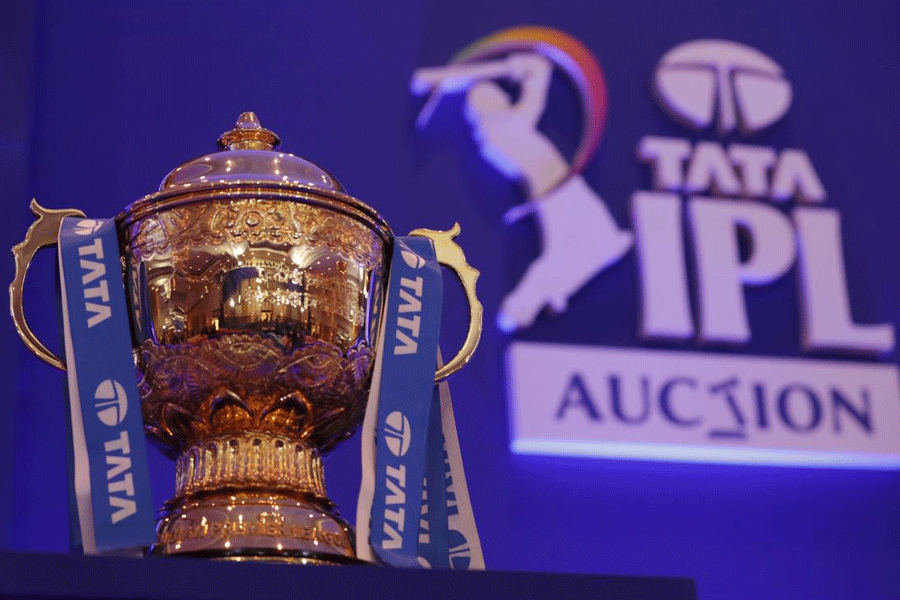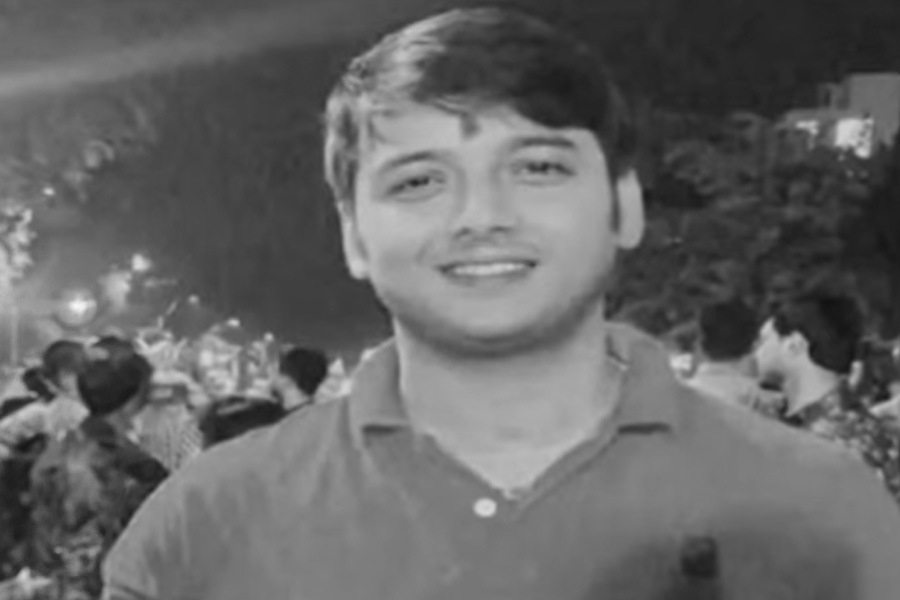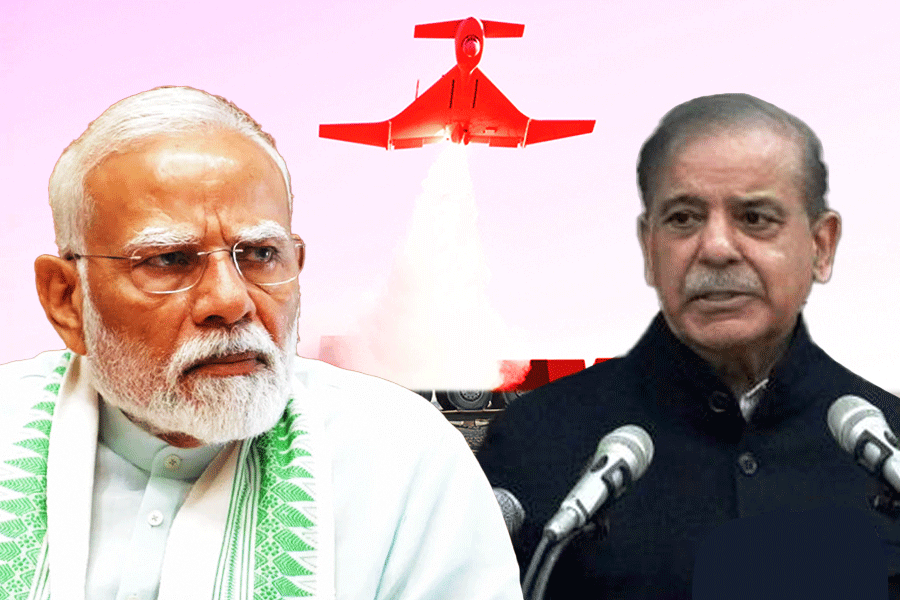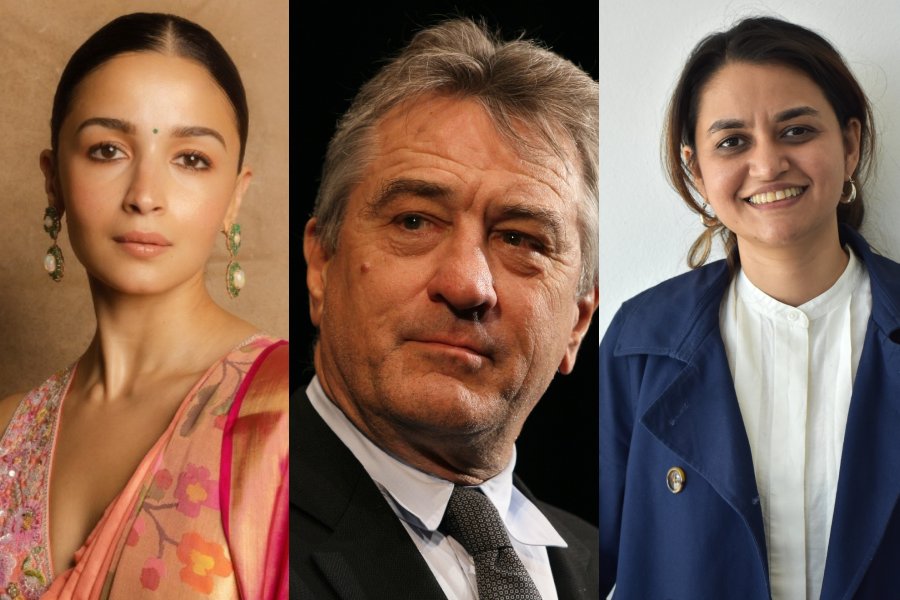 |
An injury in his right hand during his school days — that’s what Ei-ichi Negishi attributes his Nobel to! Students at The Heritage Group of Institutions had the opportunity to listen to Negishi’s “Nobel endeavour” in his own words at a programme last week.
By his own admission, Negishi never studied outside class through junior school till he got injured and was unable to use his right hand. “That was a blessing in disguise and then suddenly I realised maybe I should study and see what happens,” he recalled. And voila his grades escalated!
But with the improvement also came pressure. “The top student of that elite high school must never fail in the entrance examination to get into University of Tokyo and I was suffering from neurotic symptoms. I didn’t do well in the entrance examination but I managed to squeeze in,” said Negishi, who went on to receive the Nobel Prize in chemistry in 2010 for developing palladium-catalyzed cross coupling in the mid 1970s.
His recommendation to the students was to take up one-on-one coaching. “After going through college, graduate school and perhaps getting a PhD degree, you should seek one-on-one coaching from one of the world’s best individuals in the field of your interest,” the scientist said.
Citing his own example of spending six years with Herbert C Brown, professor of chemistry at Purdue University, as post-doctoral associate for two years, Negishi said: “I was then his assistant for four years. I got this very precious one-on-one coaching. In any field, if you want to be among the tops in the world, you need to seek one-on-one coaching.”
Charting his career growth from junior school to high school, he also spoke of the time when “for the first time in my life I felt I am not a good student”. From there to applying for a Fulbright scholarship and going to the US in 1960 with a winning ratio of 1:100, it was a long and tenacious journey.
“Initially it was to be a one-year study in America but I managed to extend it to three years and I obtained my PhD from University of Pennsylvania,” Negishi said. “When I compare the University of Pennsylvania’s curriculum to that of University of Tokyo, it’s a big difference. So I was able to rebuild my background in a very very solid way.”
There were words of encouragement too. “I can sense that this is a very very special school. I can sense and feel that many good things will come out of this school. Many good things may have already come out of this school and in the future probably more,” the Nobel laureate told his audience of teachers and school and college students right at the start of the programme.


